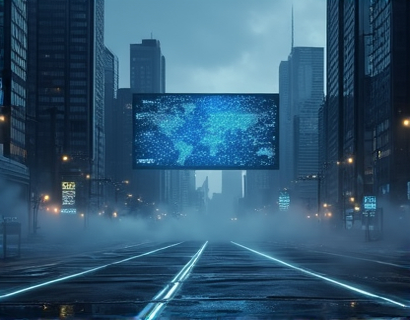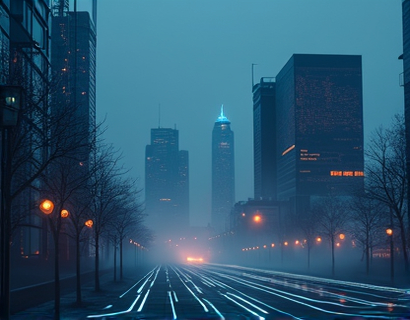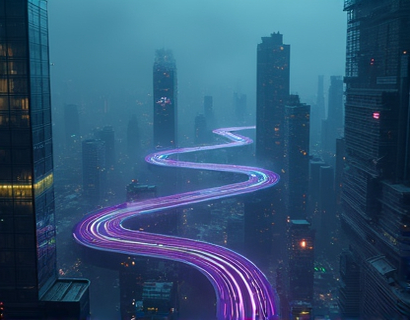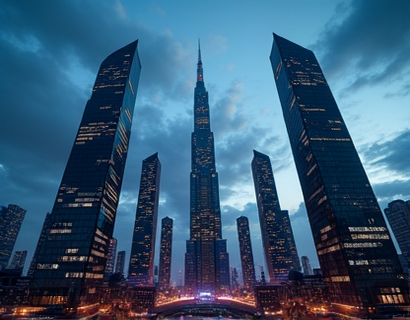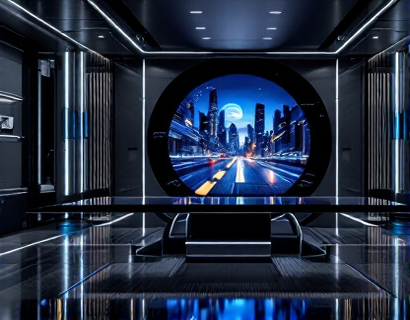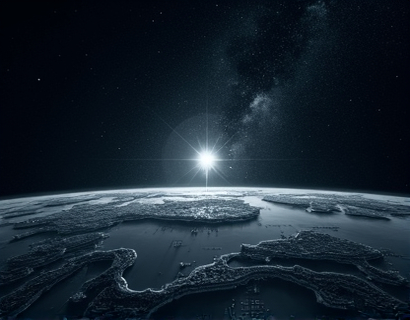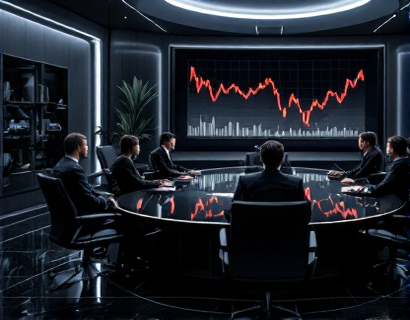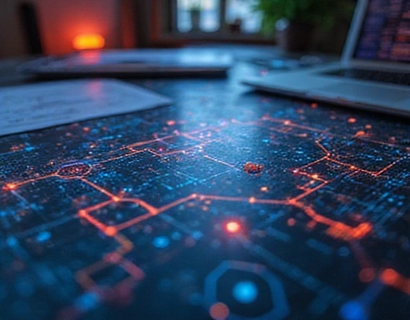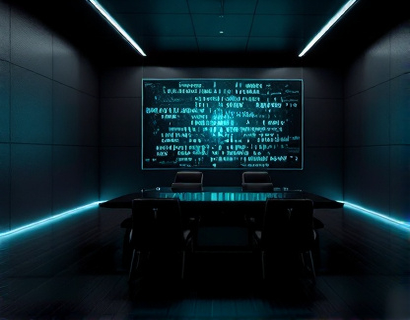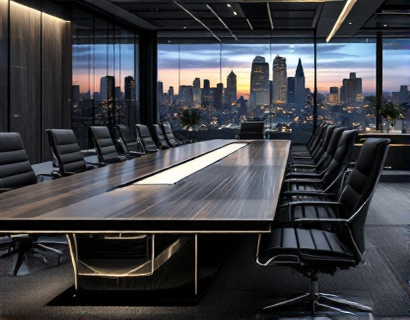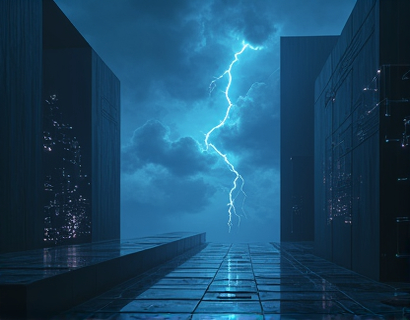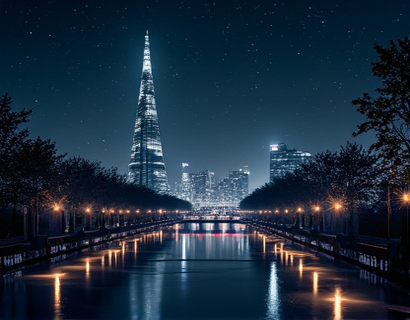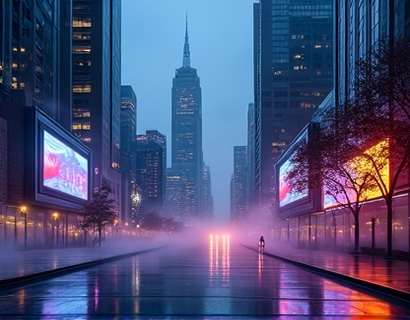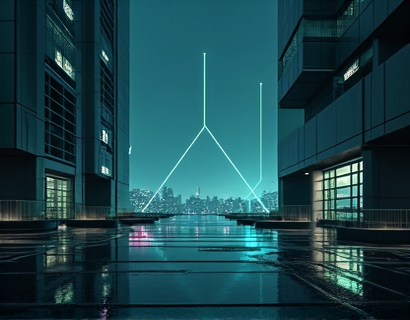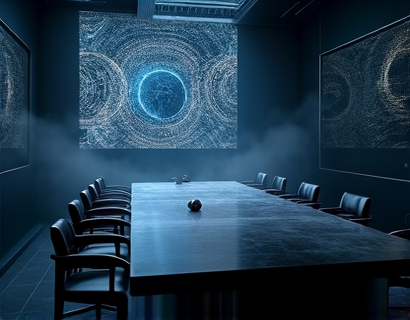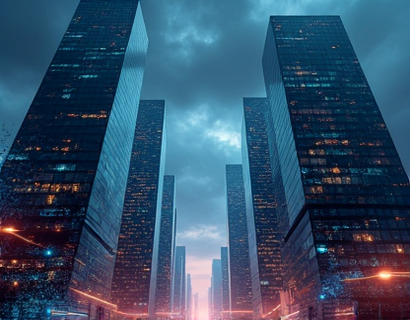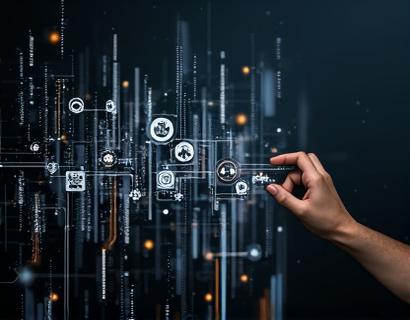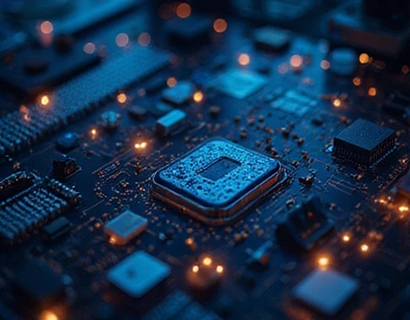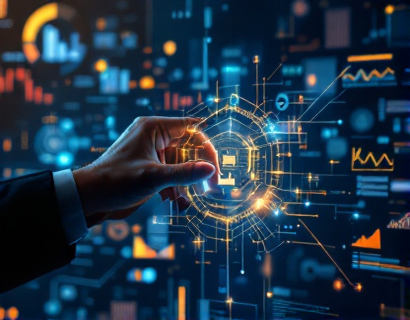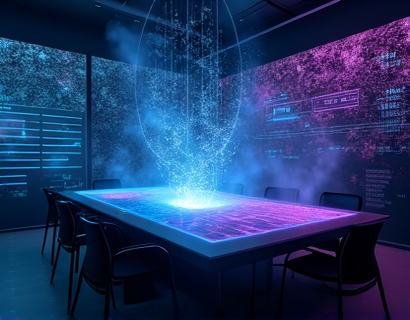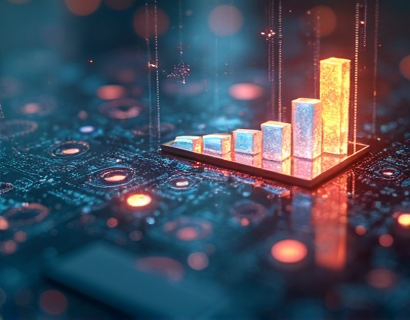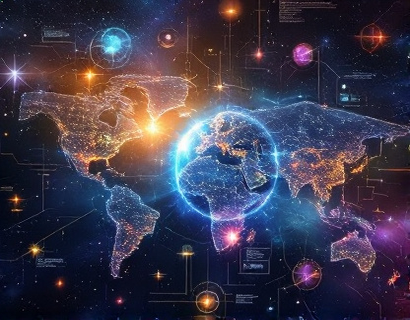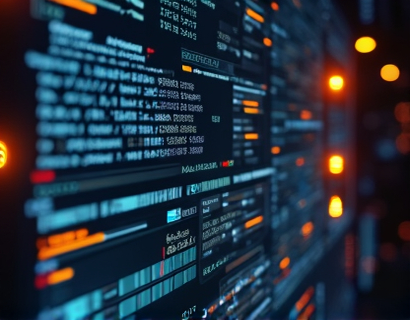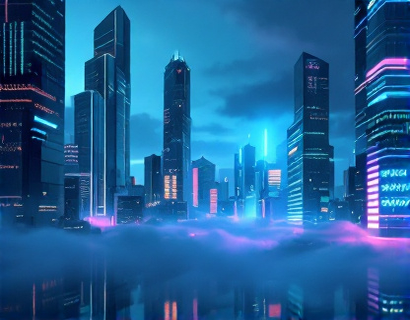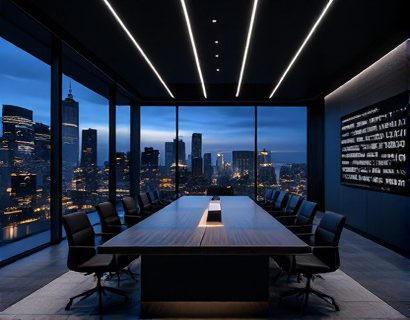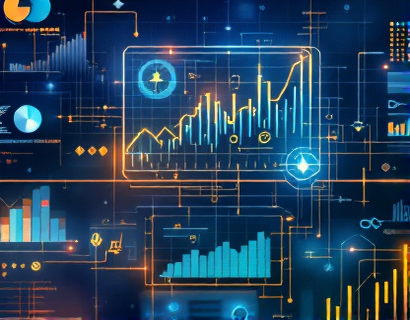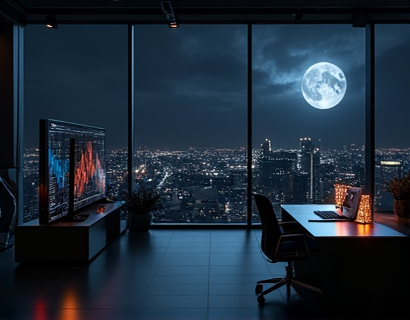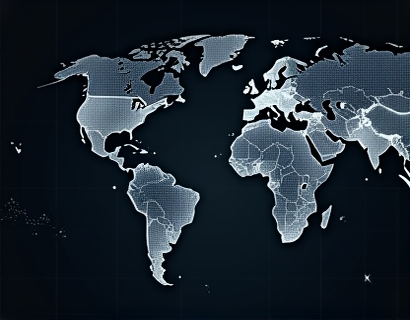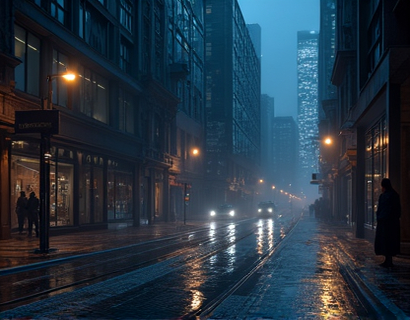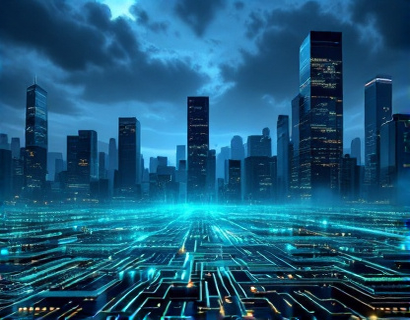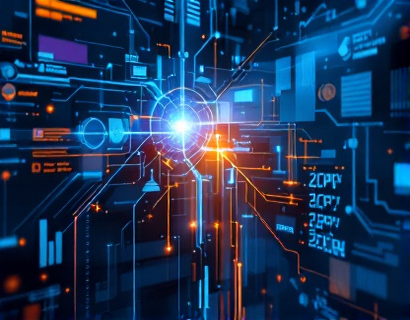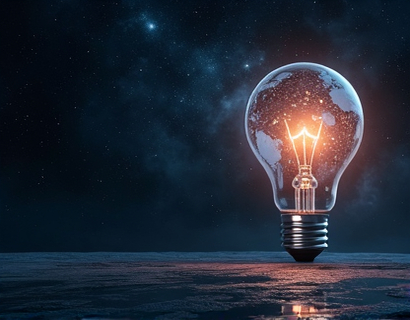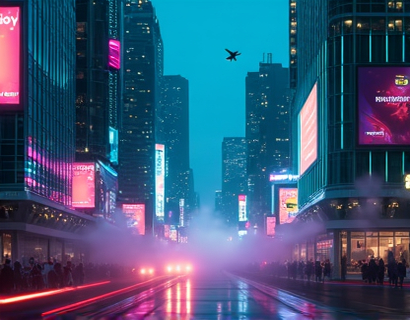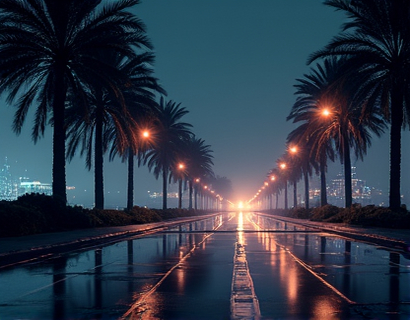AI-Powered Art Generation: Revolutionizing Creativity
The intersection of technology and art has given rise to a new era of creative possibilities. With the advent of artificial intelligence, the process of generating art has transformed dramatically. This innovative technology allows individuals and businesses to transform their most innovative ideas into stunning visual masterpieces with unprecedented ease. The integration of AI in art creation not only enhances the creative process but also opens up new avenues for artistic expression and commercial application.
Understanding AI-Powered Art Generation
AI-powered art generation leverages machine learning algorithms to create visual content based on user-provided inputs or prompts. These algorithms are trained on vast datasets of images, styles, and techniques, enabling them to understand and replicate various artistic styles and concepts. The technology works by breaking down the creative process into manageable steps, from interpreting the prompt to generating the final image. This process involves several key components, including image recognition, style transfer, and content generation.
Key Components of AI Art Generation
- Image Recognition: The system begins by analyzing the user's prompt to identify key elements such as objects, colors, and styles. Advanced image recognition algorithms ensure that the system understands the context and nuances of the input.
- Style Transfer: Once the key elements are identified, the algorithm applies various styles to the generated image. This can range from classical painting styles to modern digital art, allowing users to choose the aesthetic they desire for their final piece.
- Content Generation: The core of the AI system is its ability to generate the actual image. This involves creating pixels and shapes that form the final visual, ensuring that the output is coherent and visually appealing.
Benefits for Artists and Creatives
For artists and creatives, AI-powered art generation offers a powerful tool to augment their creative process. Here are some of the key benefits:
Firstly, it saves time and effort. Artists can quickly generate multiple iterations of a design or concept, allowing them to explore different ideas without the tedium of manual creation. This efficiency enables artists to focus more on the creative aspects rather than the technical ones.
Secondly, it democratizes art creation. Individuals with limited artistic skills can now produce high-quality images, making art more accessible. This inclusivity fosters a broader range of perspectives and ideas, enriching the creative community.
Lastly, AI tools can inspire new creative directions. By experimenting with different styles and prompts, artists can discover new techniques and approaches they might not have considered otherwise. This can lead to innovative and unique artistic expressions.
Applications for Businesses
Beyond individual creativity, AI-powered art generation has significant implications for businesses. Here are some practical applications:
First, it enhances brand identity. Companies can generate custom visuals that align with their brand values and messaging, ensuring a consistent and strong brand presence across various platforms.
Second, it accelerates marketing processes. Businesses can quickly produce high-quality images for campaigns, social media, and advertising, reducing the time and cost associated with traditional design methods.
Third, it supports product design. AI-generated visuals can be used to prototype products, creating realistic images that help in the design and development phase. This can streamline the product development process and improve decision-making.
Case Studies and Real-World Examples
Several companies and artists have already begun to leverage AI-powered art generation with remarkable results. For instance, a fashion brand used AI to create a series of virtual fashion shows, generating realistic images of models wearing their designs. This not only saved on logistics but also reached a global audience instantly.
Another example is a marketing agency that utilized AI to generate social media content for a client. The agency provided prompts based on the client's brand and target audience, and the AI produced a series of engaging images that significantly boosted engagement rates.
The Creative Process with AI
The process of using AI for art generation is both intuitive and flexible. Here’s a step-by-step guide to help users get started:
- Define the Concept: Start by clearly defining the idea or concept you want to express. This could be a specific theme, style, or object.
- Provide Prompts: Input your concept into the AI system using descriptive prompts. The more detailed the prompt, the more accurate the output will be.
- Select Style Options: Most AI tools offer a range of style options. Choose the style that best fits your vision, from realistic to abstract.
- Generate Images: The AI system processes the input and generates one or more images based on the provided prompts and style options.
- Review and Refine: Examine the generated images and make adjustments if necessary. Users can refine the prompts or style choices to achieve the desired result.
- Download and Use: Once satisfied, download the image and use it for your project, whether it's for personal use or commercial purposes.
Challenges and Considerations
While AI-powered art generation offers numerous benefits, there are also challenges and considerations to keep in mind:
First, the quality of the output depends heavily on the quality of the input. Clear and detailed prompts are crucial for achieving the desired results. Users should invest time in crafting effective prompts to get the best output.
Second, there are ethical considerations, particularly regarding copyright and originality. While AI can generate unique images, it's important to ensure that the training data used does not infringe on existing copyrights. Users should be aware of these issues and use the technology responsibly.
Third, the reliance on AI should not diminish the value of human creativity. AI tools should be seen as collaborators rather than replacements. The best outcomes often come from a combination of human insight and AI capabilities.
Future Trends in AI Art Generation
The field of AI-powered art generation is rapidly evolving, with several exciting trends on the horizon:
First, advancements in generative adversarial networks (GANs) are expected to improve the realism and complexity of generated images. GANs involve two neural networks competing against each other, resulting in higher quality and more detailed outputs.
Second, the integration of AI with augmented reality (AR) and virtual reality (VR) is opening new dimensions for artistic expression. Users can create immersive experiences that blend physical and digital elements.
Third, there is a growing focus on making AI art tools more accessible and user-friendly. This includes developing interfaces that require minimal technical knowledge, allowing a wider audience to participate in AI-powered creativity.
Conclusion
AI-powered art generation represents a significant leap forward in the intersection of technology and creativity. It empowers artists and businesses to bring their ideas to life with unprecedented ease and quality. By understanding the capabilities and limitations of this technology, users can harness its potential to enhance their creative processes and achieve remarkable results. As the technology continues to evolve, the future of art creation looks brighter and more innovative than ever.



